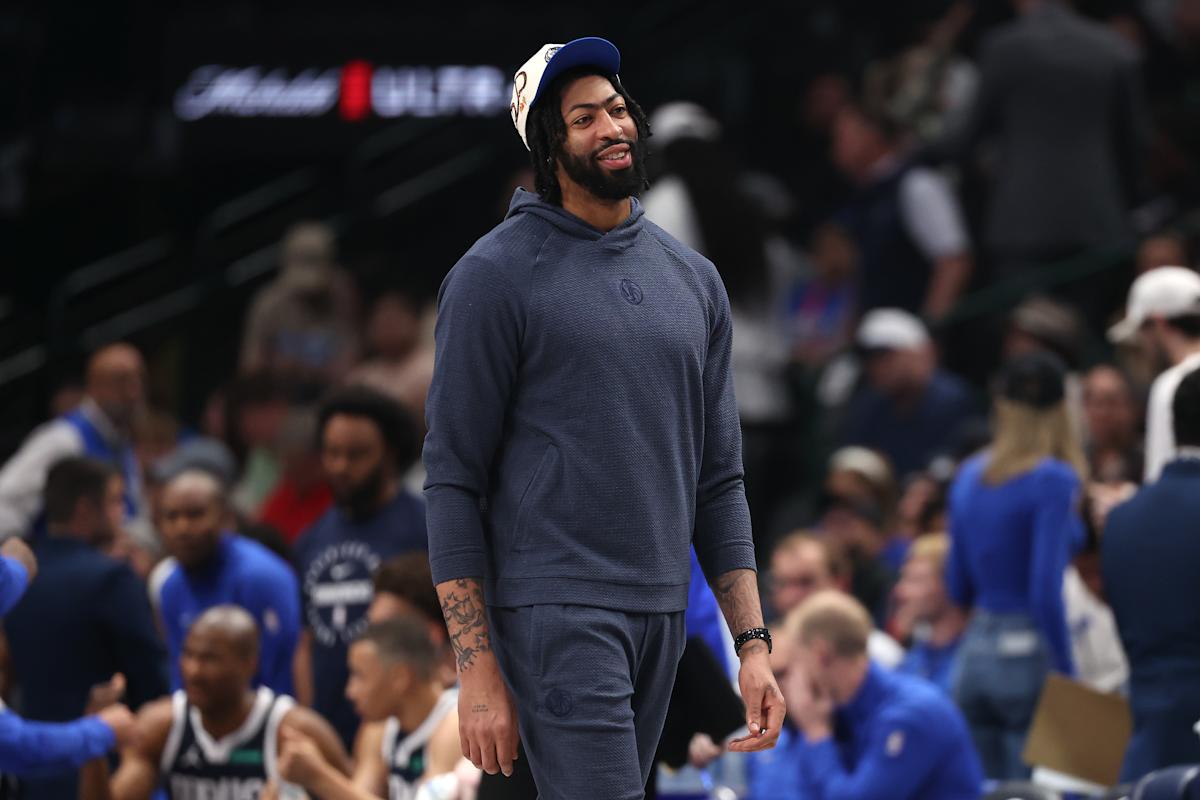For sports fans in Dallas, the late-night hours of Feb. 1 serve as a stop-down, remember-where-you-were moment. The news of all-world superstar point forward Luka Dončić being traded from the Dallas Mavericks to the Western Conference rival Los Angeles Lakers was a surreal experience.
Less than seven months later, it was déjà vu. For a city that runs on the Dallas Cowboys, few Dallas sports fans will forget where they were in the late afternoon hours of Aug. 28, when the Cowboys traded superstar pass rusher Micah Parsons to the Green Bay Packers in exchange for two first-round picks and veteran defensive tackle Kenny Clark.
Parsons turned 26 years old in May, three months after Dončić did the same — Dončić was traded just weeks before his birthday. Given their status in their respective sports, and being in the prime of their careers, it’s easy to relate one to the other. The returns also invoke a similar feeling, with Clark playing the part of Anthony Davis, and the two first-round picks feeling similarly unsatisfactory to the draft compensation the Mavericks received.
Although both trades leave fans with a sense of despair, the details make the two situations quite different. Both are painful, yes, but they’re two different types of pain.
The Mavericks underwent a franchise overhaul in the year and a half leading up to the Dončić trade. Mark Cuban sold the franchise to the Adelson family, with Patrick Dumont taking Cuban’s place as the team’s governor. Nico Harrison was hired as general manager by Cuban but he wasn’t put in place as the decision-maker. Cuban was the de facto general manager and had the final word.
Mavericks fans protested immediately after Luka Dončić was traded to the Lakers. (Tim Heitman / Getty Images)
After the sale, with Dumont having nowhere near the basketball operations interest or experience of Cuban, Harrison was elevated to the true duties of general manager. Harrison carefully observed Dončić for over a year and made the calculated decision to move on from the superstar point forward.
Would Dončić still be a Maverick if the organizational structure hadn’t completely flipped with the sale? Cuban’s history, and his words since the trade, would indicate that to be the case.
With the Cowboys, the organizational structure has been consistent to a fault. Jerry Jones has served as the team’s owner and general manager since 1989. Jones has made it abundantly clear, especially in recent months during the Parsons contract saga, that he’s calling the shots, just as he always has. Whereas things changed overnight in the Mavericks’ operation, the Cowboys’ ownership and front office has been serving its fan base death by a thousand cuts.
The Mavericks traded Dončić because they were unsatisfied with who he was as a player. The Cowboys traded Parsons because of a contract negotiation standoff that was driven by ego.
The biggest difference, though, is the player. In order for the Parsons trade to equate to the Dončić trade, Parsons would have to be a quarterback at the level and career stage of Josh Allen or Joe Burrow. Parsons is an elite pass rusher, perhaps even the best in the NFL. He’s one of the league’s best defensive players. But that’s not the same thing as playing the premier position at arguably the highest level.
The other major difference is the player’s feelings towards his situation before the trade. Dončić was shelved with an injury but he had every intention to return to the court as soon as possible, and to do it in a Mavericks jersey. There was no public friction with the organization and no indication that a seismic trade was coming. Dončić has said that he was absolutely shocked and furious — to the point he threw his phone and broke it — when he learned about the trade. The trade was so shocking that even the insider who broke the news had to make sure he wasn’t being duped.
It’s a very different scenario with Parsons. Parsons has publicly expressed his dissatisfaction with the Cowboys for months, with things reaching a boiling point when Parsons penned an essay on Aug. 1 asking the Cowboys to be traded. Parsons was still showing up to practices so that he couldn’t be fined. Cowboys head coach Brian Schottenheimer still expressed confidence that Parsons would be on the field for the Cowboys in Week 1. But the fact that there was enough smoke that Schottenheimer had to routinely answer the questions shows how different it was from Dončić’s situation.
In his statement following the trade, Parsons expressed remorse for how the situation unfolded and told Cowboys fans that he never wanted to leave Dallas. There is truth to that, and the Cowboys did their part in breaking down that future, but Parsons also requested the trade. When news broke Thursday afternoon that Parsons had been traded, the prevalent reaction was, “I can’t believe they did it!”
When Dončić was traded, the prevalent reaction was, “SAY WHAT NOW?!”
It does little to heal sports emotions that one player’s untimely departure was unforeseen and invoked rage, while the other’s departure was plausible and invoked frustration. In the end, the common losers are Dallas sports fans, who are left picking up pieces of their sports heart, shattered by the franchises they hoped would bring them joy.
(Top photo of Cowboys fans emploring Jerry Jones to pay Micah Parsons: Sam Hodde / Getty Images)






















